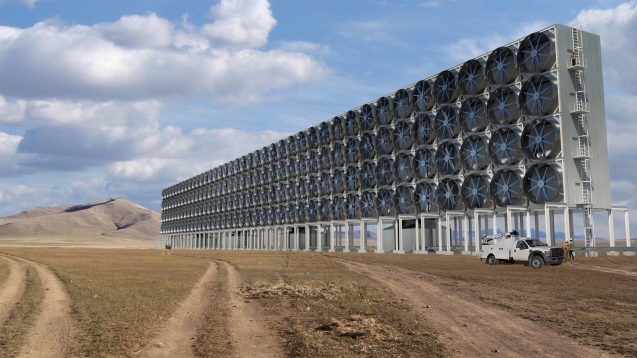
Over the last few months I have posted a number of articles on carbon dioxide removal (CDR), highlighting the need for this set of practices and technologies in achieving the goals of the Paris Agreement. The discussion on CDR has also been growing in the academic community, as illustrated by a recent article in Nature Climate on equity considerations relating to the allocation of carbon dioxide removal quotas. Like many before it the article recognizes the necessity for CDR, but focuses on how to distribute the burden of implementing it at scale.
In calculating the required distribution of CDR quotas, the authors use a mid-range CDR cumulative allocation quota of 687 GtCO2 over the period 2018-2100 (as used in the IPCC SR1.5 P3 scenario) to 176 of the 197 UNFCCC parties following Responsibility, Capability and Equality principles. Under the Responsibility (or proportionality) principle, which relates historical emissions from a given country with responsibility to provide solutions to global warming, CDR efforts would increase with greater accumulated historical emissions. By contrast, the Capability (or ability-to-pay) principle establishes that countries better able to solve a common problem should contribute more, which implies wealthier countries are assigned a greater share of CDR efforts. Finally, according to the Equality (or environmental justice) principle, every individual should have the same right to be protected from pollution. Hence, equal per capita CDR is here enforced across countries irrespective of current (or past) emission levels and economic capability.
This is all well and good and the analysis is useful, but it falls foul of one major issue; the UNFCCC has almost no successful track record of distributing burden or enforcing compliance. The closest point that was reached in terms of targets and compliance were the requirements for developed countries within the Kyoto Protocol; unfortunately that didn’t end well. So while it is helpful to understand how the burden ought to fall, there is little chance of devising an international system of allocation to implement burden sharing. Rather, the world has settled on the architecture of the Paris Agreement which sees countries taking action according to their own nationally determined contributions (NDC) to the overall goal of limiting warming to well below 2°C. Nevertheless, within that structure there is some hope.
The Nature paper also makes the point that the capacity to implement CDR is not evenly distributed around the world. Geological storage of carbon dioxide is easier in some locations than others and the opportunity to pair bioenergy production with CCS for negative emissions may only reside in certain places. It is also clear that natural carbon storage through reforestation will only be possible at large scale in certain countries due to land availability and climate considerations. Small industrial states like Singapore are a great example of this. The country has set a course towards net-zero emissions in the second half of the century, yet its borders encompass significant hard to abate emissions and there is little or even no local capacity for CDR. What should they do?
So we have a problem of uneven supply and unclear distribution of demand, within the framework of the Paris Agreement. The solution to this problem is not one of allocation, but one of trade, making use of Article 6 of the Paris Agreement. It does of course depend on countries wanting the Paris Agreement to reach its goals, which requires that there is some sort of progressive implementation of a net-zero emissions goal within respective NDCs. The EU, UK, New Zealand and a handful of others have already set goals of 2050 for net-zero emissons. As noted above, Singapore is also on a pathway to net-zero, with current policy considerations placing that after 2050. By contrast, Bhutan is already carbon negative and Costa Rica plans to cross net-zero in the near term.
In a posting last year I showed how Article 6 and various forms of CDR could be used to reach net-zero emissions globally. The use of a trading option allows those with a clear goal of net-zero emissions to invest across borders to unlock removal potential that would otherwise remain dormant. There is no allocation or distribution of quotas, only the self-imposed requirement to reach net-zero emissions through a nationally determined contribution. We could imagine a gradation of such NDCs stretching from now (e.g. Bhutan) to 2100 (e.g. a heavily industrial emerging economy), but with all countries either investing in or delivering CDR capacity, driven by the market and its distributive capacity towards lowest cost outcomes.
The picture I developed to illustrate Article 6 starts like this, with no CDR in place;

. . . and ends up like this, with significant CDR capacity realised through cross border trade and investment.

While this is a simple illustration, it isn’t a world that depends on quotas and allocation, but it is a world that has a desire and willingness to get to net-zero emissions.

Average Rating